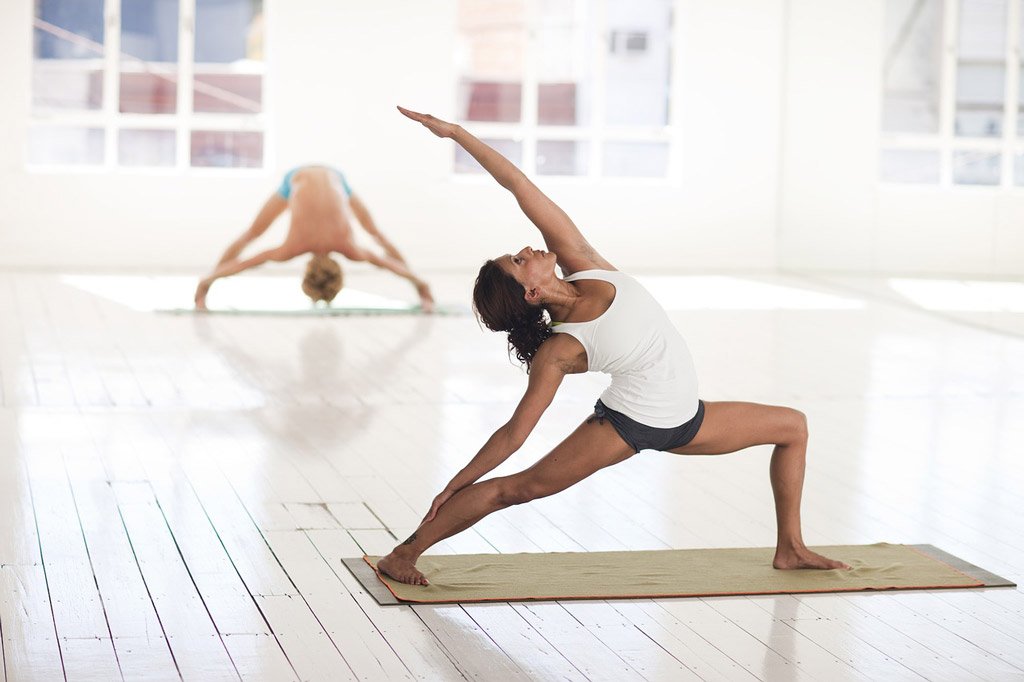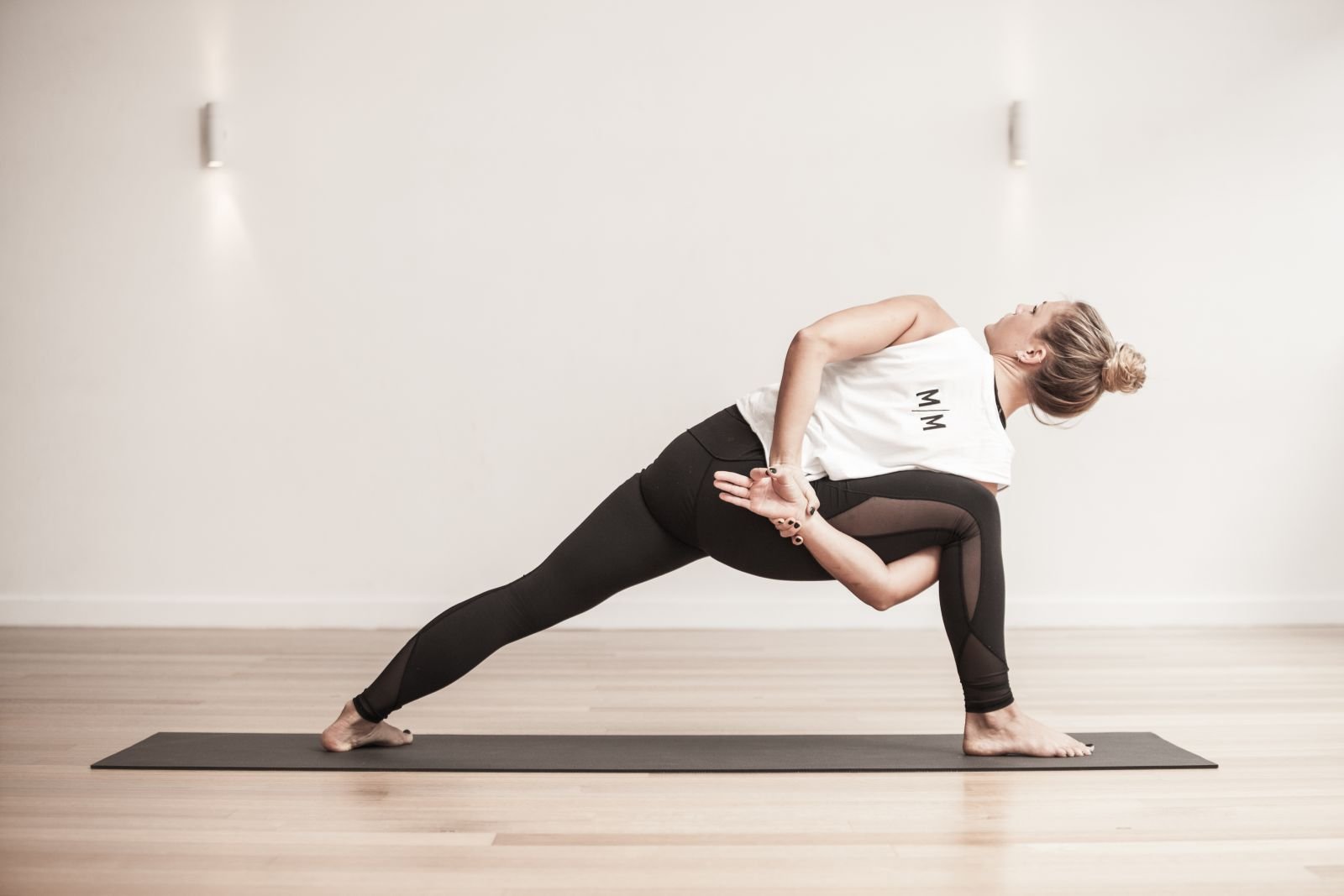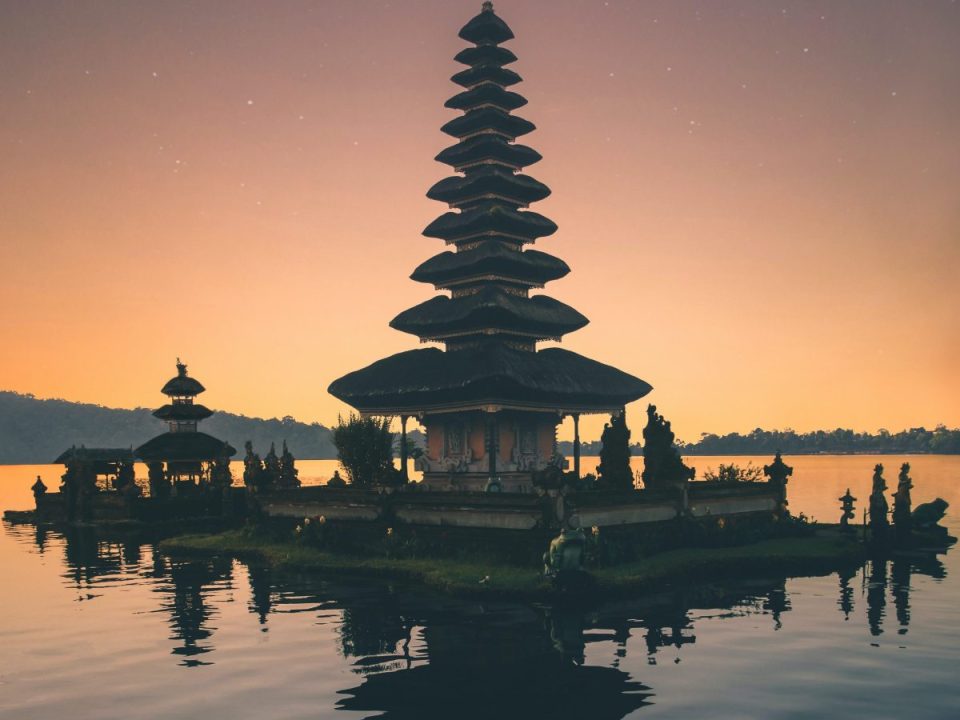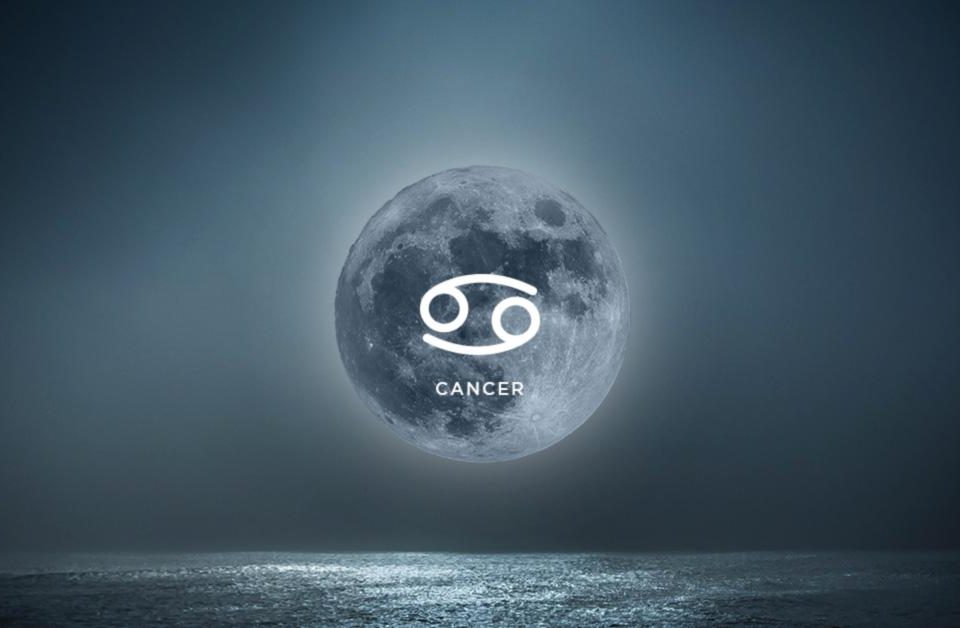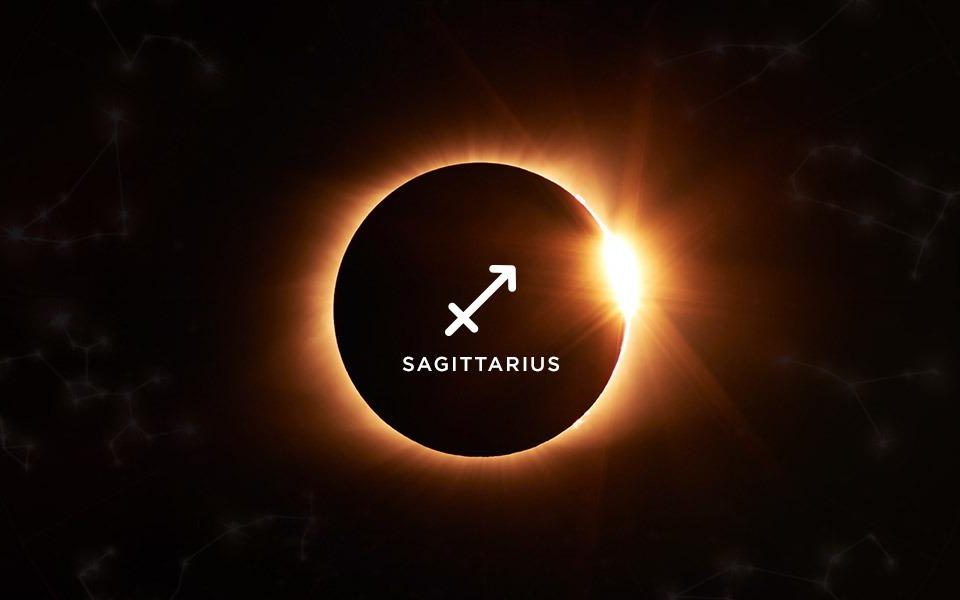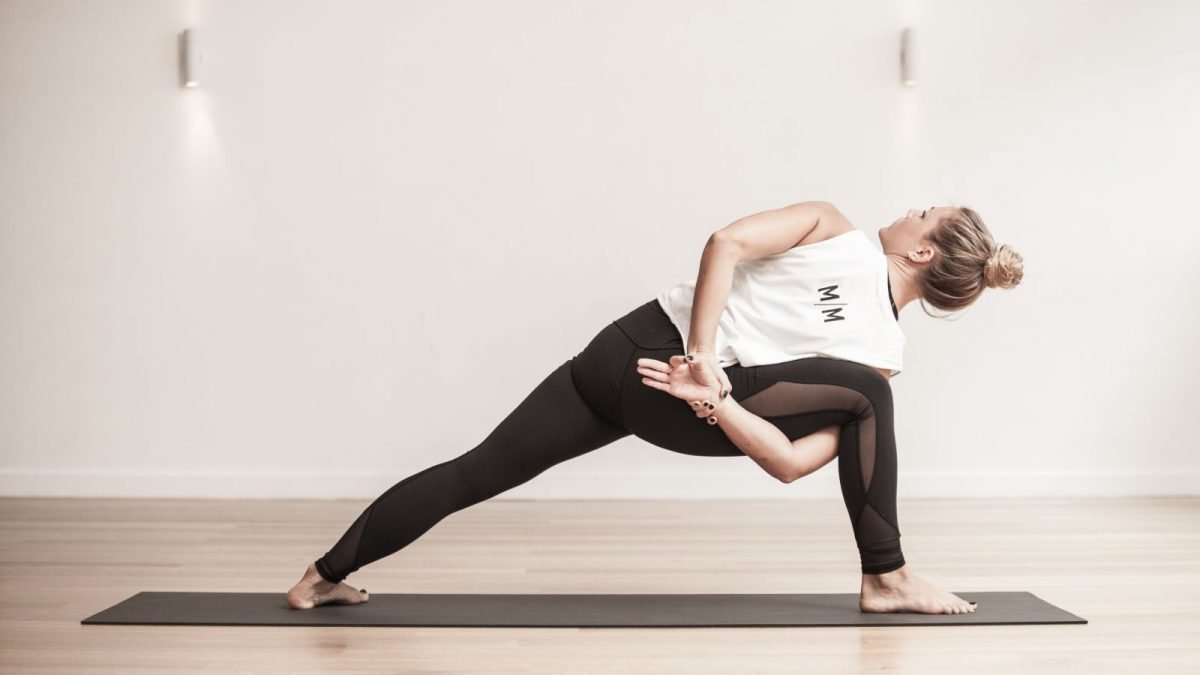
Hatha vs Ashtanga vs Vinyasa Yoga: What’s the Difference and Which is Better?
People practice yoga for a variety of reasons: for stress relief, mindfulness, fitness, and spiritual reasons like connecting more with the “self.” And for this reason, different types of yoga exist. Vinyasa yoga, ashtanga yoga, and power yoga are some of the most popular in the Western world.
You might wonder: what is the difference between ashtanga yoga and vinyasa yoga and power yoga? Knowing how they differ can help you understand their unique benefits and choose which is best for you.
HATHA YOGA: GREAT FOR BEGINNERS
The word “hatha” actually means the physical practice of yoga, so it could be applied to any practice. It also refers to the combination of the sun, “ha,” and the moon, “tha.” When a practice is labelled as Hatha, it typically means a class that will include basic yoga poses combined with deep breathing, focusing on the breath, and meditation.
Hatha classes are great for people new to yoga or who want to focus more on the gentle, unhurried, meditative aspects versus a practice that is also physically demanding. Students can expect a powerful experience of self-transformation to align the whole body, mind, and soul.
ASHTANGA YOGA: STRUCTURED YOGA
Ashtanga yoga involves syncing up a continuous and structured series of postures with the breath. It futures five asana series and each one must be mastered before moving to the next series.
Ashtanga is a much more physical yoga style than Hatha. It means “eight-limbed” yoga because it focuses on:
- Moral codes
- Self-purification and study
- Posture
- Breathing
- Internal listening
- Concentration
- Meditation
- State of unity
Ashtanga yoga is meant to calm your mind while improving circulation and strength in the body. It also detoxifies the organs and muscles by creating a lot of heat and sweat through the intense poses. It is an intense practice best for more experienced yogis or individuals who aren’t afraid of a challenge—and who like structure—during their practice.
VINYASA YOGA: THE MIDDLE GROUND
A Vinyasa flow can refer to any yoga flow, but like with Hatha yoga, the Vinyasa label often means a specific type of class. Vinyasa usually falls somewhere between Hatha and Ashtanga styles, incorporating a lot of movement and endurance. Vinyasa style is often used interchangeably with “power yoga” classes and flows.
Students in a Vinyasa class can expect to go through each sequence a number of times—and to get a nice, stress-relieving exercise from it.
Yoga offers something for everyone, whether you want to start slow and methodical or prefer a more intense, sweat-inducing style that gets your muscles pumping. Either way, you can expect to give your mind and body a much-needed practice.
At Blue Karma, we make it easy to reap the benefits of yoga even while on vacation. Visitors to beautiful Bali can stay in any of our wonderful villas or suites in Seminyak or Ubud and choose from our variety of yoga classes, including Hatha, Ashtanga, Restorative, Yin, and Kundalini yoga, led twice a day. Find out more here!


